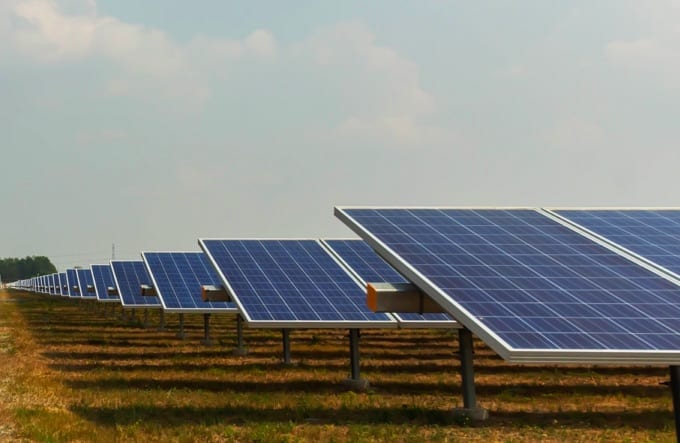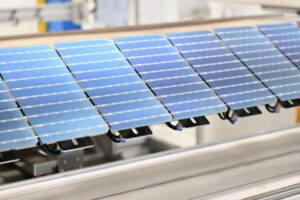New research from the US National Renewable Energy Laboratory (NREL) has highlighted the need for longer-lived solar PV modules to reduce the amount of materials and manufacturing required to meet decarbonisation goals.
According to NREL, the US needs to install up to 20-times more solar PV modules than are currently installed across the country. To achieve this, a vast scale-up of PV manufacturing and installation will be required.
However, the new research from NREL suggests that longer-lived PV modules may be key to reducing the amount of materials and manufacturing needed.
A group of NREL researchers analysed 336 “what-if” scenarios in an effort to determine how PV module lifetimes and recycling rates might affect the flow of PV materials. The research looked out towards 2050 in a 100% decarbonised US grid.
“PV is a no-brainer for sustainability as a source of clean energy, but there are still concerns about waste, material impacts, and energy justice, especially considering how fast PV manufacturing must grow to meet decarbonization goals,” said Silvana Ovaitt, an NREL PV sustainability researcher and an author of the article.
“With this work, we hope to put these challenges into perspective and quantify potential solutions.”
A circular solar economy
Two scenarios represented the upper and lower bounds of possible approaches to a circular economy of PV modules. One scenario models modules with an extended 50-year lifetime; the other a shorter-lived 15-year lifetime, but with a high rate of closed-loop recycling.
These scenarios were compared to a baseline scenario that assumed a 35-year module lifetime but with a low recycling rate – a scenario reflective of current technology and practices.
“When considering a sustainable PV supply chain, there is a tendency to jump straight to recycling as the solution, when there are a lot of other circular economy levers to try first, like lifetime extension,” says Heather Mirletz, lead author and PhD student at the Colorado School of Mines.
“Our PV sustainability team gets a lot of questions about repowering existing PV installations and PV recycling.
“Ultimately, we want to advise how to design and deploy PV in the most sustainable way possible, so we first need to understand the material flows in the context of the energy transition.”
Benefits of longer module lifetimes
The basic findings showed that longer module lifetimes could reduce new material demand by 3% over the baseline scenario. This would reduce the need for additional solar deployment but still reach 100% decarbonisation.
Short-lived modules, on the other hand, would require an additional 1.2TWh of replacement modules to maintain PV generation capacity through 2050. As such, they would need to reach a closed-loop recycling rate of 95% or higher to avoid the need for larger quantities of new materials as compared to the 35-year baseline scenario.

“Longer module lifetimes make it easier to achieve our PV deployment goals for decarbonization,” says Teresa Barnes, an author of the report and manager of NREL’s PV Reliability and System Performance Group.
“We can avoid excess replacements and additional manufacturing by building systems right the first time.
“Recycling short-lived modules sounds attractive, but our mass balance and capacity calculations show it might limit PV capacity.”










